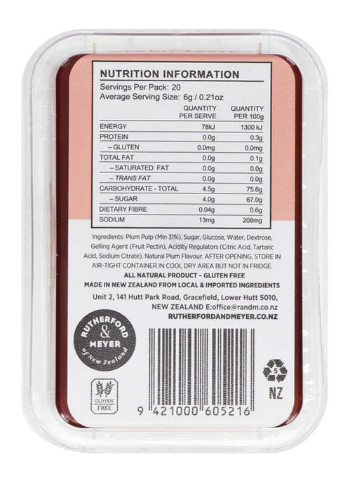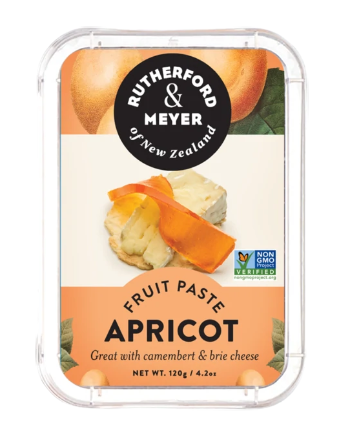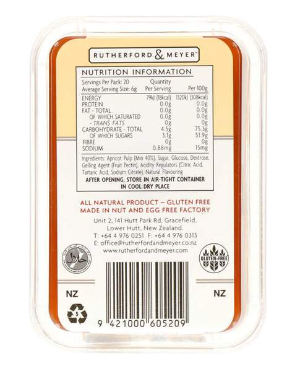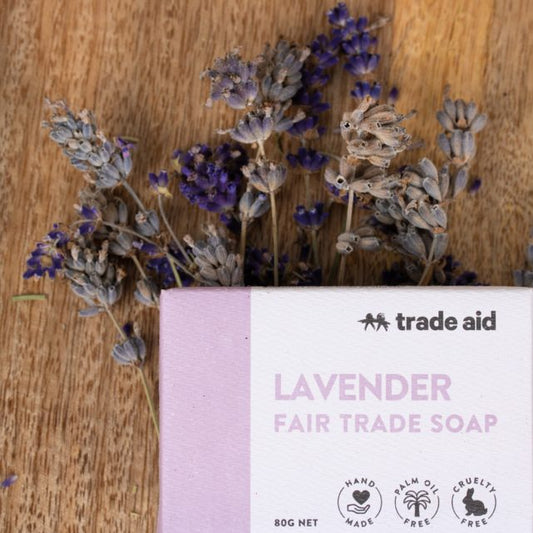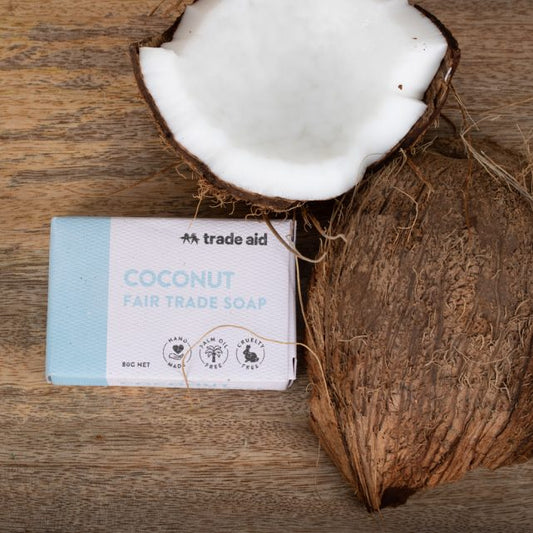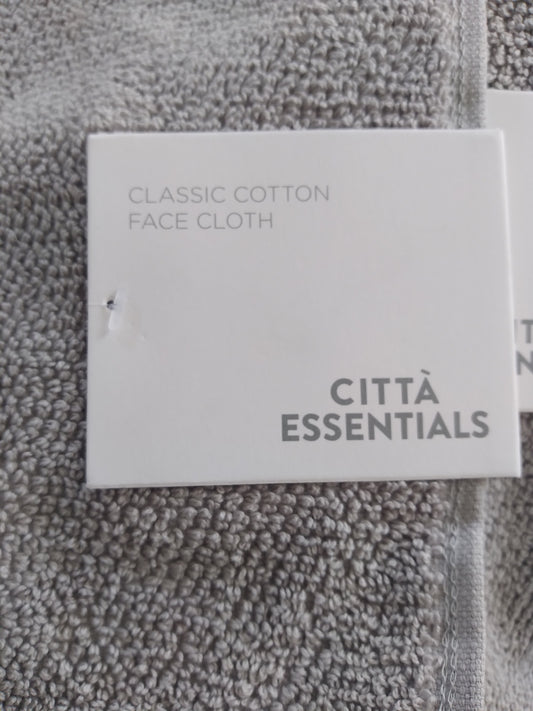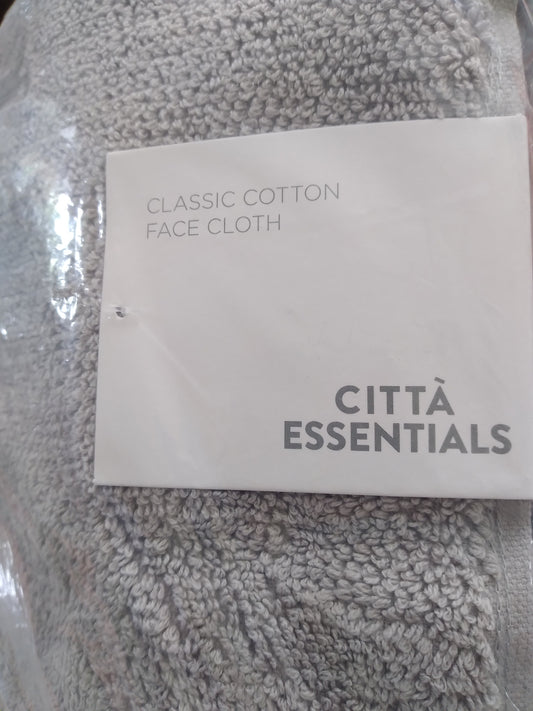When it comes to finding eco-friendly, sustainable materials for our homes, bamboo often tops the list. But what makes it such a stand out option?
Today, we're diving into what bamboo has to offer, exploring everything from its social and environmental impacts to its potential in reducing waste, supporting fair labour, and providing sustainable alternatives to traditional materials.
If you're curious about how bamboo stacks up and what to look for when shopping, let’s break it down.
What is Bamboo?
Bamboo is a fast-growing grass, which might explain why it’s so prolific and versatile. With over 1,500 species worldwide, bamboo has an impressive capacity to grow up to 90 centimetres a day in the right conditions.
Because of its natural resilience, bamboo doesn’t require heavy pesticide or fertiliser use, and it can absorb up to 5 times more CO₂ than pine — up to 2 tonnes over 7 years. Its shallow root system also helps to improve soil quality and water retention, reducing the risks of soil erosion.
For those of us in New Zealand, some species of bamboo is a pest, but clumping bamboo is grown commercially. When responsibly cultivated and contained, it can offer a sustainable alternative in products that reduce reliance on less eco-friendly materials.
Environmental Impacts of Bamboo Production
Bamboo’s potential as a sustainable material does depend on how it’s harvested and processed. Ethically sourced bamboo involves minimal disturbance to the environment, but unsustainable harvesting can be a problem, leading to habitat destruction and biodiversity loss.
Once harvested, bamboo is either processed into strong structural materials for homeware or transformed into textiles, which can involve chemical processing depending on the fabric type.
Keeping an eye out for eco-certifications can help you choose bamboo products that minimise environmental impacts. Bamboo’s versatility means it shows up in everything from reusable coffee cups to cutting boards and textiles.
Bamboo vs. Traditional Materials
How does bamboo compare with traditional materials like cotton, wood, or plastic? Cotton is water-intensive, requiring up to 10,000 litres per kilogram, and relies on pesticides, which can harm ecosystems. Wood requires years to regrow, while single-use plastics are notoriously non-biodegradable.
Bamboo, on the other hand, grows rapidly without heavy water demands, and when crafted into products like homeware or textiles, it’s durable and surprisingly resilient. Replacing single-use plastics with bamboo items, like cotton buds, toothbrushes, or straws, can reduce the volume of waste heading to New Zealand landfills, helping us make a practical shift towards sustainability.
Biodegradability, Compostability, and Disposal
One of bamboo’s biggest perks is that it’s naturally biodegradable. Untreated bamboo can break down in a compost setting within months, compared to treated bamboo, which may take longer.
For eco-conscious Kiwis, this means bamboo products can reduce waste, with proper disposal allowing them to return to the earth instead of clogging landfills. Knowing whether a bamboo product has been treated can be helpful, as untreated bamboo is compostable, but treated products may need alternative disposal.
Social and Economic Implications
The social impact of bamboo is significant. As the demand for bamboo grows, it’s important to support fair labour practices to ensure the people harvesting and producing bamboo products earn fair wages in safe conditions.
Look for bamboo products certified by fair labour organisations, like Fairtrade, which helps guarantee ethical standards. The support bamboo production provides to rural communities in developing regions also creates an economic foundation, giving people sustainable livelihoods.
Certifications and Standards for Sustainable Bamboo Products
In the quest for sustainable bamboo products, certifications are key. Eco-labels like FSC (Forest Stewardship Council) and OEKO-TEX for textiles can help ensure that the bamboo you’re buying meets certain environmental and social standards.
In New Zealand, some companies also work with initiatives like Enviro-Mark, which set criteria for sustainable practices. Be wary of "greenwashed" labels, which might claim eco-friendliness without backing it up. Look for certified claims, and don’t hesitate to ask brands about their sourcing.
Bamboo’s Place in a Sustainable Future
Bamboo’s promise as a renewable resource goes hand-in-hand with transparency. To keep bamboo sustainable, we need traceability in supply chains and high standards for ethical production. This involves recognising both bamboo’s potential as a sustainable material and the responsibilities of businesses to deliver on these promises.
When choosing bamboo products, consider opting for items that are responsibly sourced, certified, and designed with minimal chemical processing. By doing so, you’ll be supporting a greener, more ethical approach to homeware, and helping to make sustainable, conscious choices more accessible to everyone.



